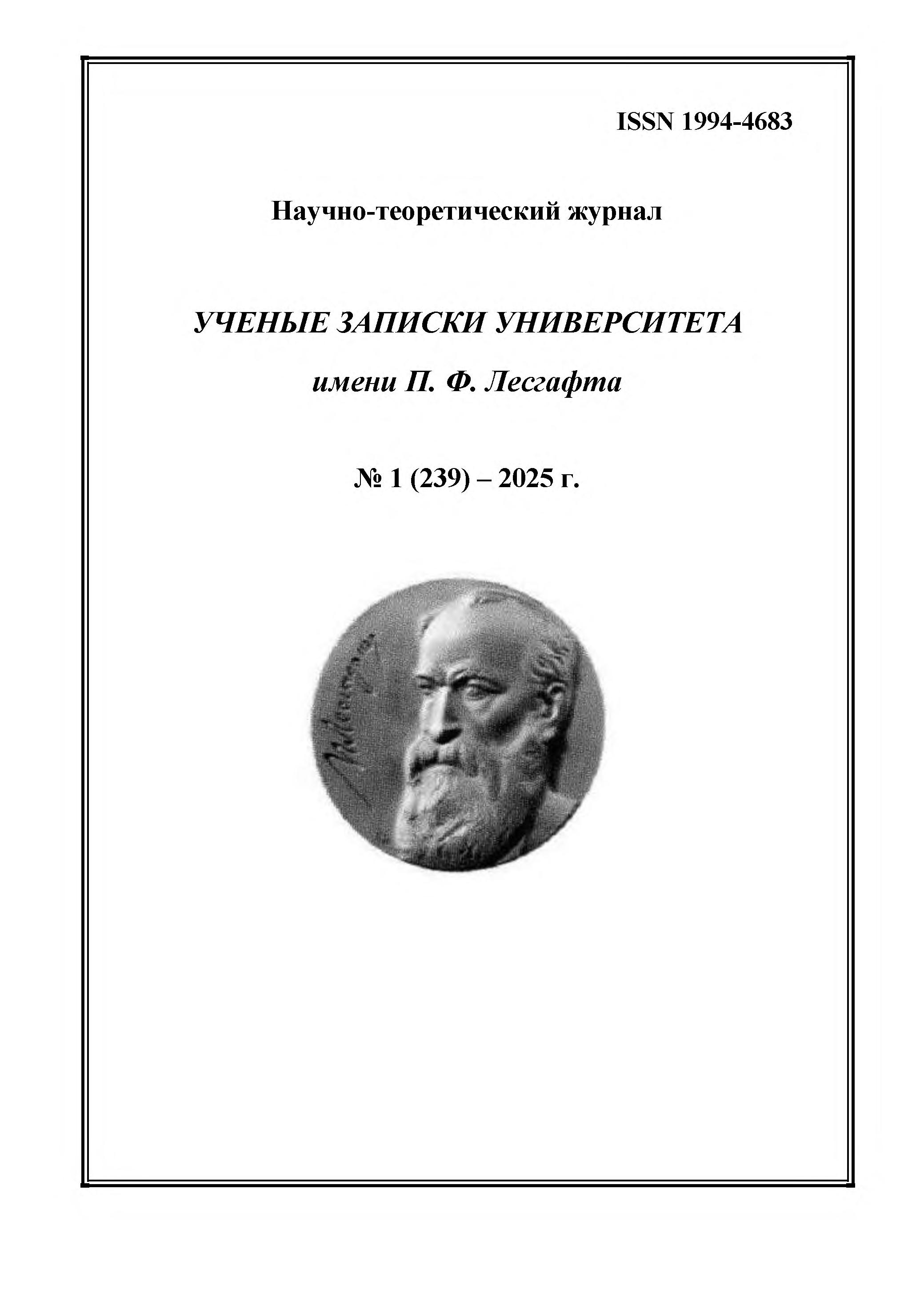employee from 01.01.2011 until now
OGAU CSP Sahalinskoy oblasti (Coach of the regional snowboard team)
from 01.01.2015 until now
Yuzhno-Sahalinsk, Russian Federation
CSCSTI 77.29
The article discusses the issue of modernization of the process of technical training of athletes specializing in acrobatic disciplines of snowboarding, taking into account the achievements of scientific and technological progress. The purpose of the study is to generalize the experience of using information and analytical systems to support the process of technical training in various types of sports, mainly technical and aesthetic; identification of optimal systems suitable for use in the technical training of snowboarders, determination of the most relevant areas of further scientific and technical development. Research methods: analysis of specialized literature, comparative analysis, pedagogical observation, expert evaluation method, surveys, methods of mathematical statistics. Research results and conclusions. The modernization of the technical training process in acrobatic snowboarding disciplines is impossible without the implementation of modern technologies into practice. Therefore, the most in-demand direction for development is information-analytical applications for smartphones and tablets based on IOS or Android, allowing the modeling of the ideal technique execution under specific conditions, with an interface for identifying typical errors and recommendations for their correction based on data about the individual biomechanical characteristics of athletes, technical parameters of competitive figures, and external condition parameters.
: snowboarding, technical training, theory and methodology of sports, software and hardware systems, information and analytical systems, training process
1. Petrov P. K. (2021), “Digital progress trends in national physical education and sports sector”, Theory and practice of physical education, no. 12, pp. 6–8.
2. Dimitrov I. L., Karpov R. D. (2019), “Specific features of sports IT-systems”, Scientific notes of the P. F. Lesgaft University, no. 3(169), pp. 93–96.
3. Ermakov A. V., Myakinchenko P. E. (2021), “Progress forecasting mathematical model for elite sports: winter sports case study”, Theory and practice of physical education, no. 2, pp. 52–54.
4. Hribernik M., Umek A., Tomazic S., Kos A. (2022), “Review of real-time biomechanical feedback systems in sport and rehabilitation”, Sensors, vol. 22, no. 8, p. 3006.
5. Ettema G., Danielsen J., Sandbakk Ø. (2015), “Comparison of center of mass energy fluctuations by use of force and motion capture recordings”, 3rd International Congress on Science and Nordic Skiing – ICSNS 2015, Vuokatti, p. 55.
6. Koryagina Yu. V., Nopin S. V. (2023), “Developing information and analytical systems for the study of physiology and biomechanics of sports movements, important motor qualities in sports”, Digital transformation of physical education and the sphere of physical culture and sports, All-Russian scientific and practical conference, Izhevsk, pp. 251–261.
7. Harding J. W., Mackintosh C. G., Martin D. T., Hahn A. G., James D. A. (2009), “Automated scoring for elite half-pipe snowboard competition: important sporting development or techno distraction?”, Sports Technology, vol. 2, no. 3–4, pp. 277–290.
8. Krüger A., Edelmann-Nusser J. (2009), “Biomechanical analysis in freestyle snowboarding: application of a full-body inertial measurement system and a bilateral insole measurement system”, Sports Technology, vol. 2, no. 12, pp. 17–23.






